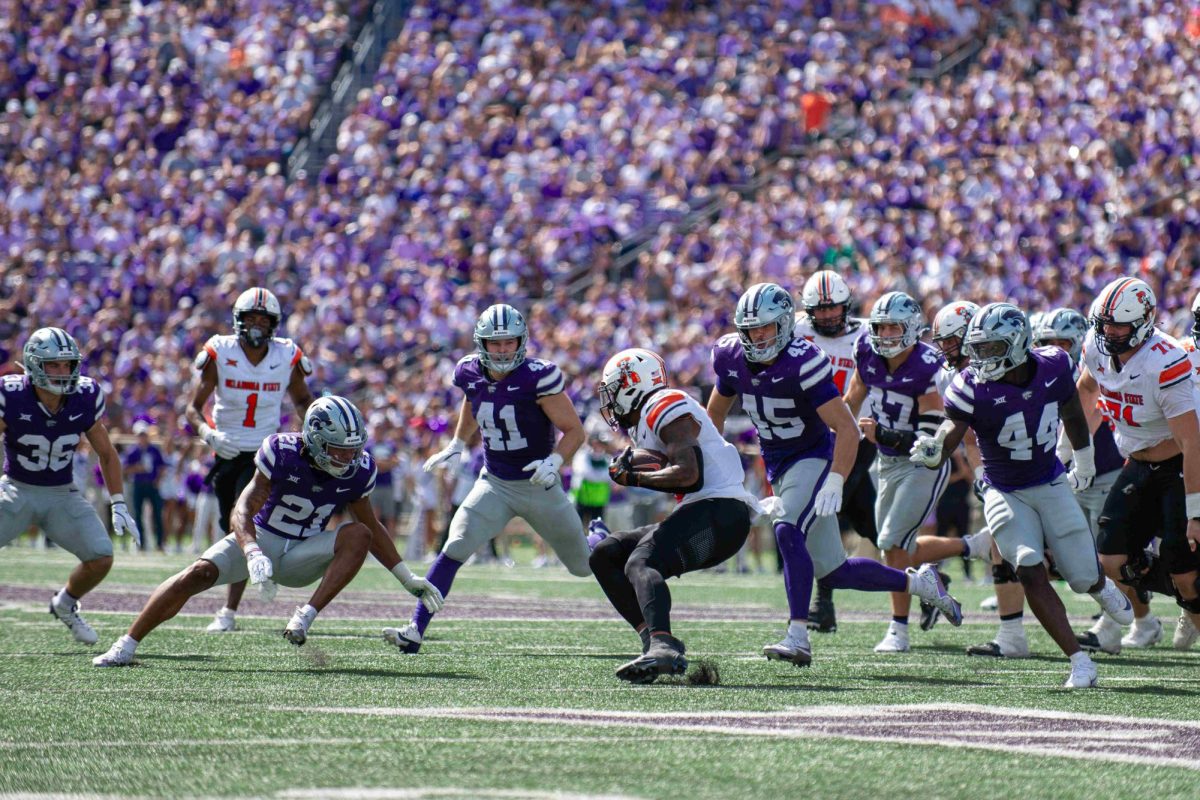A holistic view of business includes analysis of both monetary and non-monetary factors. The latter can have an even greater impact on achieving success than monetary ones. Money is faceless, and consumers are not too interested in how much capital your company has. This is more of a concern for investors and partners. Consumers are more interested in your original solutions, innovative potential, quality of customer support service, etc. All of this falls into the category of non-monetary factors by which they often evaluate your company.
What is the Difference Between Monetary and Non-monetary Assets of a Company
Monetary assets are not necessarily cash but everything that can be easily converted into cash if necessary. For example, these could be short-term investments, receivables, and other assets fixed in terms of money. If a company urgently needs to cover additional expenses, it can quickly redirect part of its monetary assets for these purposes. Alternatively, you can take pre approved installment loans so as not to take money out of your business.
Concerning non-monetary assets, such a quick conversion is not feasible, especially since they do not have a fixed material value. Moreover, some non-monetary assets, such as a company’s reputation or its values, cannot be expressed in monetary terms at all.
Types of Non-monetary Assets
It is a misconception to think that everything non-monetary has no physical form. Non-monetary assets are too broad a category, and therefore, it is divided into 2 main subtypes.
- Tangible assets are the company property manifested in physical form but which cannot be quickly monetized. For example, this could be equipment installed at your factory, company office, etc.
- Intangible assets have no physical form but are often more meaningful than tangible assets. For example, a successful brand that is known all over the world is much more significant than the office in which it is located. The same goes for the company’s reputation. It is more important to the success of a business project than the most advanced equipment you have installed. Changing equipment is much easier than eliminating a negative reputation, which can spread very quickly on the Internet.
How to Measure Intangible Assets
Several approaches are used in financial analysis to estimate the value of intangible assets. Such an assessment may be needed when developing a strategic plan, choosing an investment project, or selling a company:
- The income-based approach takes into account the cash flows that you can receive thanks to this intangible asset.
- The cost-based approach takes into account how much money you will have to spend to recreate this asset.
- The market-based approach determines the value of an asset by studying and comparing similar assets on the market.
Based on any of these approaches, you will understand what you need to keep even in a critical situation and what you can give up. For example, if you can’t afford to pay for 24/7 customer support, you can calculate how much your revenues would change if you reduce the customer support service hours. Another example relates to the values of a company. If you state that you use only eco-friendly materials for production, you can calculate the effect of abandoning this value.
Keeping in mind this significant impact of non-monetary assets on the success of your business project, upgrade them periodically. This will promote interest in your company among consumers and lead to increased sales.
















































































































